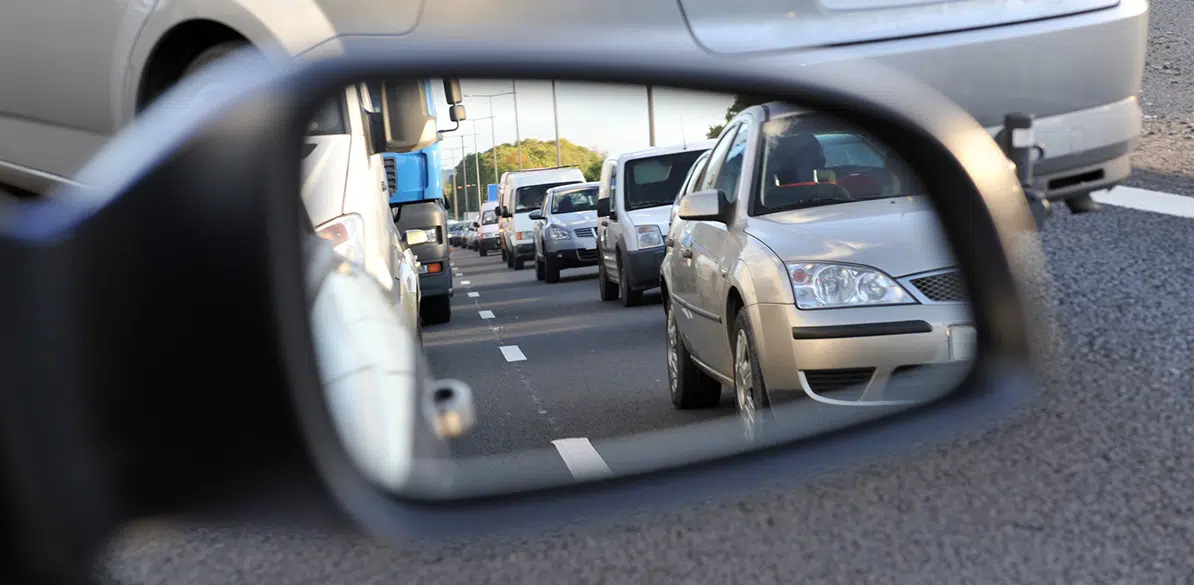Blind spot detection
BSD system

Objective
To avoid collisions when the driver changes lanes without realizing there is another vehicle in the blind spot on either the right or left side.
Each manufacturer has their own name for this device, for example, Toyota calls it the Blind Spot Monitor (BSM); Hyundai, Blind-spot Collision Warning (BCW); Volvo, Blind Spot Information System (BLIS) and Mazda, Rear Vehicle Monitoring (RVM).
How it works
For the Blind Spot Detection System, manufacturers use different forms of warning and indicator placement, but there is a general operational sequence.
When the BSD system is activated, as soon as the system anticipates that there may be a collision, the indicator light in the rear-view mirror turns on and stays on, in other words, when it detects a vehicle within the system’s measuring range. This is how the passive systems work.
The visual indicator flashes intermittently if the driver of the vehicle indicates a lane change by activating the blinker on the appropriate side. In addition, the driver can be warned by an acoustic signal, vibration or a combination of the two.
The latter is often referred to as Lane Cross Assistant (LCA) and is an active system.
Components
- Switch to activate/deactivate the system.
- Two radar sensors located in the rear wings of the vehicle, behind the bumper or integrated into it. Some manufacturers, instead of these radars, use ultrasonic sensors arranged around the bumpers.
- Control unit.
- Warning indicator: visual, audible or combination of the two.
- Braking system (if applicable).
Collisions avoided
- Side and rear-end collisions due to the driver not perceiving the presence of another vehicle when changing lanes, due to the blind spot.
- Driver errors when changing lanes or overtaking.
Effectiveness
According to the Zaragoza center, this blind spot detection system could prevent at least 3% of accidents with victims, equivalent to 16 deaths and 170 injuries.
Use and limitations
Situations that reduce or limit the system:
- Snow, rain or mud in the area where the radars are located.
- It is possible that the system may not correctly identify pedestrians and cyclists or small objects.
- Certain roadway elements, such as guardrails, may cause false positives.
Cost
In medium and high-end vehicles this system is optional. The price of this system ranges from 600 € to 2,300 €, and it is usually available in the so-called “optional packages”.
Mandatory
From June 2022, this system will be mandatory on new passenger cars and vans.
